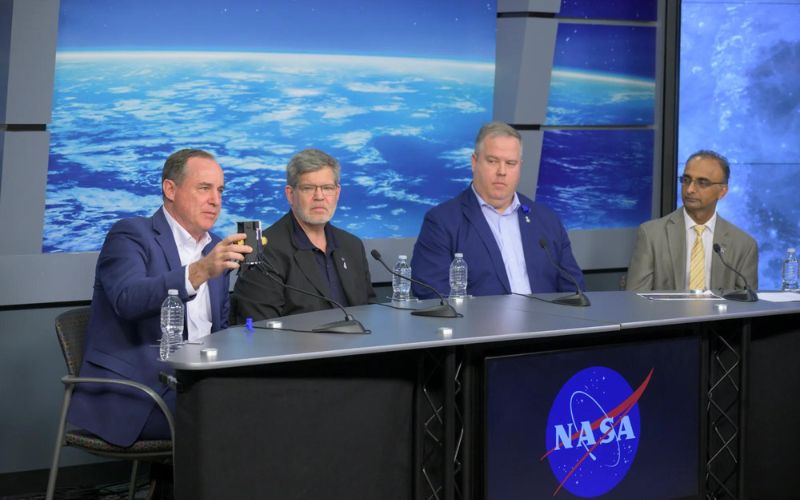Following the initial success of the CLPS (Commercial Lunar Payload Services) program, NASA has started a ground-breaking project that will bring new scientific equipment and technology displays to the lunar surface for the first time in more than 50 years.
Odysseus, a Nova-C lander built by Intuitive Machines, arrived in lunar orbit after a seven-day journey, and on February 22 at 5:24 p.m. CST, it conducted a gentle landing close to Malapert A in the Moon’s South Pole area. The lander is functioning normally, gathering solar energy and sending data to the mission control center of the corporation located in Houston. The project marks the first unmanned commercial landing on the Moon.
NASA technology measured the amount of cryogenic engine fuel used on the Moon trip. Teams additionally evaluated precise landing technology and gathered data on plume-surface interaction as they dropped toward the lunar surface.
The surface tasks on Odysseus have started and are anticipated to continue until Thursday, February 29.

On February 23, 2024, a news conference was held at NASA’s Johnson Space Center in Houston by experts from Intuitive Machines and NASA to discuss the soft landing of the company’s Nova-C lander, known as Odysseus.
Source:
NASA Tech Contributes to Soft Moon Landing, Agency Science Underway


